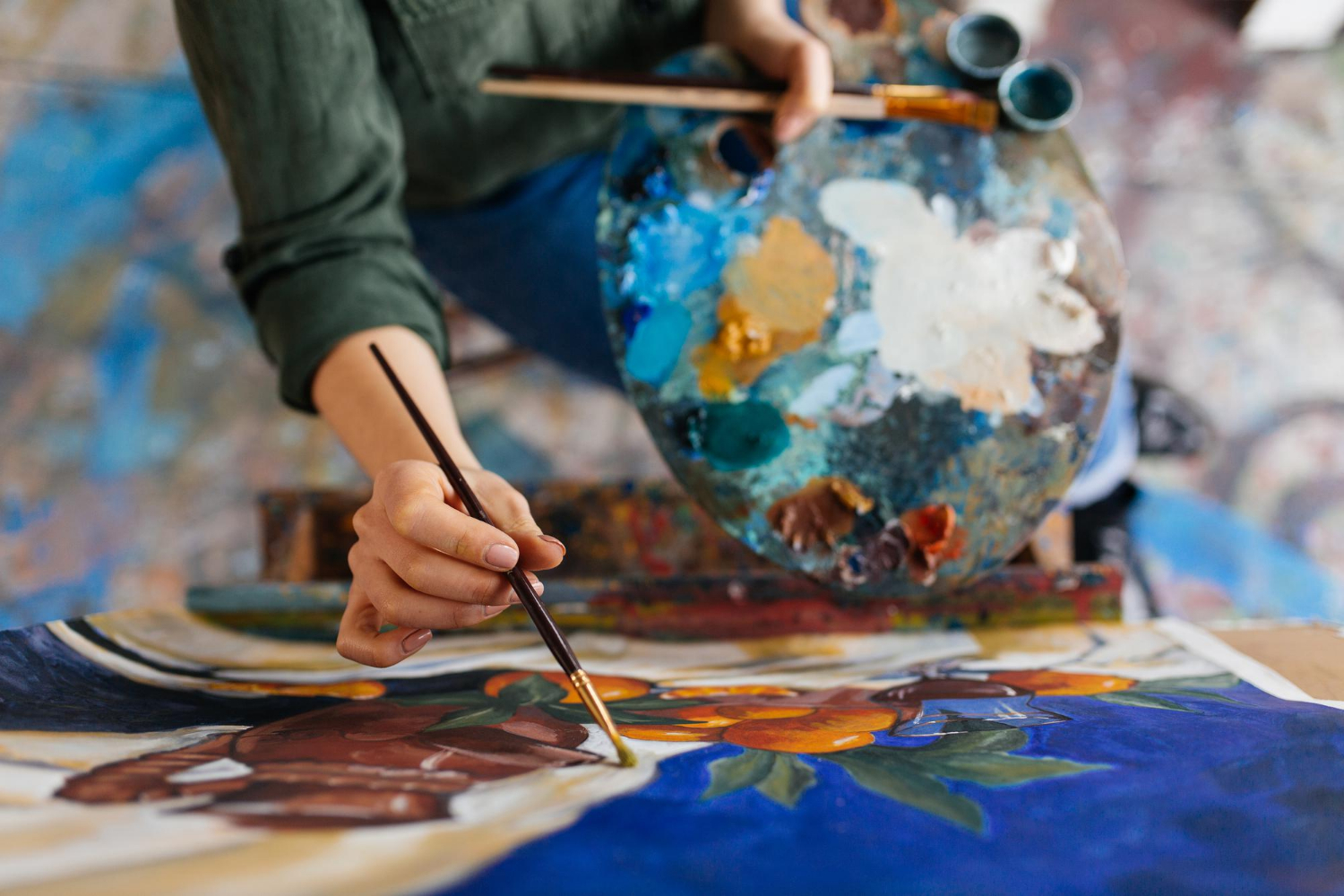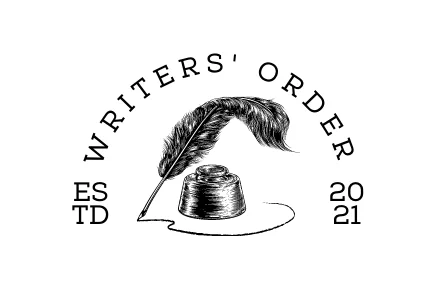You have to be the change to bring the change.

What Art Medium Should I Use When I Start Painting?
Our content is reader-supported. We may earn a commission if you make a purchase through one of our links.
You’ve heard all about the therapeutic quality of art, or you’ve watched plenty of videos convincing you to take up this new hobby. The grand moment is finally here; you get a new canvas and a set of brushes. Now all you need to do is to pick an art medium and start practicing. But it isn’t as straightforward as it sounds.
Some people randomly begin with watercolors and find that they are diluting them too much, or the canvas sheet does not adequately absorb the pigment. Others find oil paints appealing, but the prospect of working with toxic chemicals with a pungent smell is daunting to them, and art becomes frustrating as the canvas takes forever to dry.
It helps to know certain things when you are a beginner artist. To avoid making this delightful hobby difficult for yourself, here are some directions you can think about before picking an art medium to start.
Which Style Appeals to You?
Since you’re about to dip your toe into artistic water, it’s natural that you’d have favorite artworks or artists that inspire you. It could be anyone from Bob Ross to your local Linda. Think about which medium they use and why their art appeals to you.
Do they make abstract art with acrylics that you think look stellar in home decor? Perhaps they paint portraits with oil colors, and the realism is awe-inducing. Or maybe they excel in vintage-looking scenes captured in watercolors. Whichever style you want to learn can be your clue about the art medium you are interested in.
But it’s important to remember that artists tend to make art look seamless. When you apply layers of paint on your canvas or begin a still-life sketch with a pencil, you may realize that your hands may not sync with the mental images you have.
Mastering any style demands understanding the techniques, which comes from frequent practice and mentorship. For instance, if you consistently try painting waves in acrylics, you’ll eventually grasp how crests and troughs work, which regions to darken, how to implement sunlight and bioluminescence in the scene, and how to make realistic sea foam.
Consider Your Living Situation and Budget
Aside from knowing which style your personality vibes with, there are a couple of other things to factor in. For better or worse, your living circumstances can dictate your choice of medium.
If you live in a small, shared apartment, you may not want to dive into oil paints. They can have an overwhelmingly foul smell and need solvents such as turpentine. The chemicals can also clog the drainage pipes or be toxic for marine life and plants, so learning how your sewage system works can help you choose more eco-friendly options.
Moreover, some people find acrylics induce allergic skin reactions or irritate their eyes. It’s better to steer clear of art mediums that can pose health hazards to yourself or others.
It would also serve you well to estimate the costs of the materials each medium will require and see if that fits your budget. Besides canvas and brushes, these can entail solvents, varnish, olive jars, rice paper, paper towels, and cleaners.
Assess the Perks and Disadvantages of Each Art Medium
You know which styles you wish to learn and what your living conditions allow. Now, you can begin assessing the pros and cons of each potential choice. To save you the effort of digging into foreign sources for information that may not be authentic, here is the essential information for the most popular art mediums.
Aquarell
Pros: Watercolors offer unparalleled fluidity, as they are handy for creating everything from cascading waterfalls with a distinct translucent feel to murky dark alleys. Aquarelles brim with energy and life, and they are fun to make. It’s not a medium you can ever fully control, which means you’re signing up for a lot of experimentation and happy accidents.
They are also very durable and portable, as they often come with ceramic or plastic palettes instead of metal tubes or cylinders. You can easily pack one in your backpack and head over to the woods, mountains, or any place that inspires you to create art.
Using watercolors also means you avoid toxicity or polluting the planet with chemicals. Plus, it’s super easy to clean your paintbrushes afterward. Also, using high-quality paintbrushes will help speed up the cleaning process.
Cons: As appealing as watercolor paintings look, they may not be the easiest medium for a beginner. Figuring out the consistency of the color and how much you need to dilute for the effects of varying saturation can be very tricky. A single drop of water can smudge the entire work, and some people also find it challenging to find the aptest paper for this medium.
Acrylics
Pros: Once you get the hang of it, acrylics can be very feasible to work with. Through this medium, you can enjoy blending hues to create more colors without worrying about smudging the canvas. Most surfaces also respond well to acrylics, quickly absorbing them. You can work in multiple layers without losing your patience or complete a painting in one go.
They are also water soluble, so it eliminates the risk of toxic fumes. Additionally, acrylics are perfect for vivid landscapes, whether you want to paint a snowy morning in a cottage or the aurora lights reflected in the ocean.
Cons: Since acrylics are famous for drying quickly, some people feel there isn’t much room to experiment. When you create the perfect color for blending, you may turn around to find the previous layer all dried up.
This medium is also not the easiest to clean or wash, so if you get some paint smudges on your clothes or furniture, they will probably stay. Working on large canvases with acrylics is also not the best idea.
Oil Paints
Pros: Oil paint has earned a historical reputation, and almost all art masters, such as Jacques-Louis David and Botticelli, worked with oil paints. Apt for various techniques from hyperrealism to abstract painting, they can take days or weeks to dry, giving you ample time to layer and reapply coatings.
The outcome is a beautiful painting with seamlessly integrated rich colors. They are also well-suited for portraits, as building skin tones requires a lot of blending.
Cons: While using oil paints, you should be prepared to deal with a slow-drying canvas hanging on your way all day. For people with space constraints, it’s not a viable situation. Also, oil paints depend on solvents with toxic fumes, and the smell can disturb others.
You may have to apply coatings of primers to the canvas before painting and glaze after the complete project. This set of demands may not be the ideal first encounter with art for a beginner.



